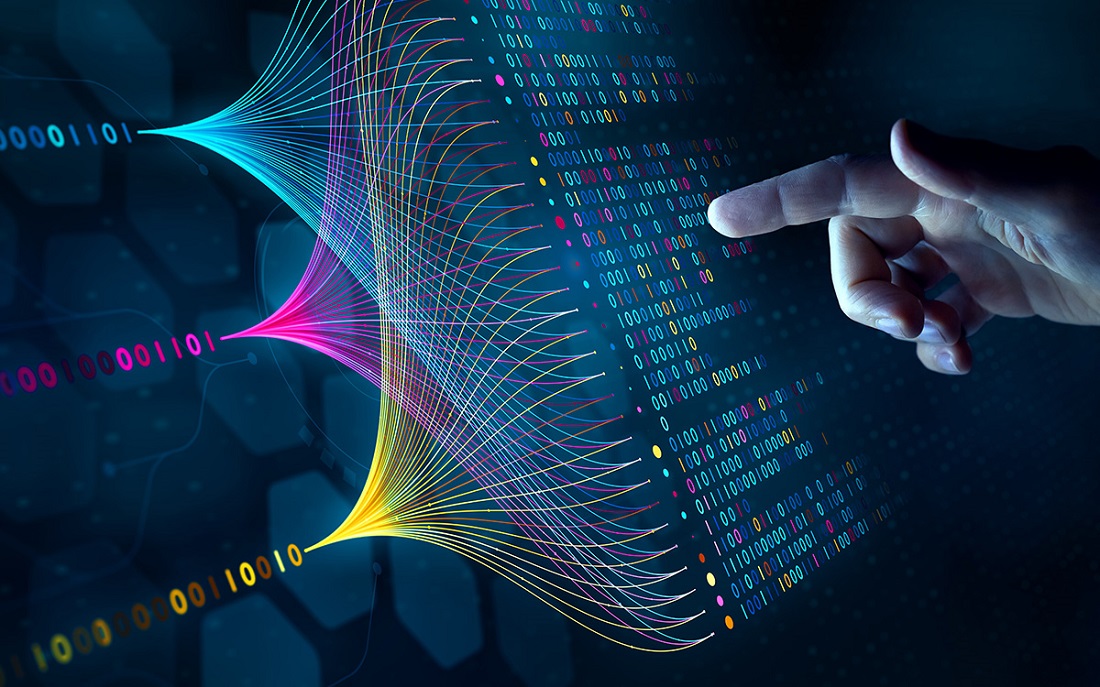Artificial Intelligence
Five Things to Know About ChatGPT
By
By: Rafe Needleman, SVP, Technology Content, Allison+Partners
CONTACT
hello@stagwellglobal.com
SIGN UP FOR OUR INSIGHTS BLASTS
Artificial Intelligence will change your job — not in five years, not next year, but now. If you’re not 100% convinced, spend some time experimenting with ChatGPT, the conversational chatbot released into open beta by OpenAI in November 2022. ChatGPT is the first free and easy–to–use chat product based on the groundbreaking GPT 3 Large Language Model (LLM).
The product is a web-based chat system you can have a real conversation with. It is uncanny how well it constructs text output based on almost any input. It can answer questions, generate what appear to be original ideas and hold a decent conversation on any topic. It can also create plausible technical documentation, such as computer code and macros, and food recipes.
If you haven’t already tried it, you should. This technology will have a huge impact on communications, marketing and advertising. It will change your job, as much as the introduction of the internet did.
For many people, ChatGPT provides the first glimpse into what this type of AI will do for us in the future. It is both amazing and terrifying. And the revolution starts today.
Here’s what to know to get started:
1. You can use ChatGPT today to improve your productivity.
ChatGPT a great collaborator for generating ideas and outlines. Experiencing writer’s block? Ask ChatGPT to help get you going. Try “Outline an article about…” for starters.
ChatGPT is also good at getting you up to speed on new topics (Try, “Explain Kubernetes”) and summarizing meetings and complex stories: Type, “Give me the bullet points for this:” and then paste in text from a transcript or story. It can even write Excel macros and more advanced computer code. As part of your existing workflow, ChatGPT can be a great starting point. But keep in mind it can’t (yet) replace all your human skills. Keep reading for why.
2. ChatGPT lies.
ChatGPT is designed to create text that fits a linguistic model. While it is often useful and accurate, it does frequently make stuff up out of nowhere. In some instances, it gets facts completely wrong (ChatGPT seems to be convinced Russia has sent several bears into space, for example; it hasn’t!). Even if it has the correct information in its enormous corpus of knowledge, that doesn’t mean it understands it, and its output can sound completely plausible while being far off target. It’s also critical to remember ChatGPT was trained in 2021. It knows nothing about the world after that.
Simply put, you can’t trust ChatGPT for accuracy. Always verify what it gives you.
3. The field is evolving fast, and you need policies.
If you’re going to use this technology, it’s important to lay out clear guidelines as to how. For example, if you use ChatGPT to write an article for a client, does that need to be disclosed? How about if you use it to prepare social media copy? Let’s say you ask it to write a blog post optimized for a particular audience or SEO. Or maybe you just use it to get an article outline started. Is that something you need to tell stakeholders?
Communications companies have already caught flack for using generative AI to create content. Publications like CNET have used ChatGPT to write articles for months, The Associated Press has incorporated some kind of AI since 2015, and even The Washington Post employed it to help write for the 2020 Presidential Election. They are all still working out how to use it and how they should publicly disclose its use for written articles.
You must work out how you incorporate the technology into your day-to-day work in a responsible way. Make it clear how your teams should and shouldn’t use the tool, knowing its limitations and pitfalls. And make sure you communicate this to partners and customers.
4. Meet the “AI Native”
The capability of AI to generate original and useful creative work at scale will prove to be one of the foundational technologies of the 21st century. It will change how we live, work, learn and even think. The children born into this world will be “AI natives” and will understand the world of ideas in a different way from their parents. We can hope this technology will mostly be used to advance the way we learn and think, just as calculators changed our relationship with math. But we simply do not know yet how the developing brain will react to this type of machine intelligence.
One thing we do need to look out for, though, is a growing digital divide exacerbated by this technology. AI is not cheap to create or run, and some populations may just not have access to it, potentially putting them at an economic disadvantage. It will be a global challenge to create a responsible framework for the distribution of this tech.
5. Generative AI will impact your job, but it won’t kill it.
The software’s ability to create useful customized content is staggering and fundamental. It will certainly change how you work, as well as the nature of creative work at all levels and in every industry, worldwide.
However, no matter how useful (or damaging) this technology becomes, AI will always lack imagination, vision and compassion. Adapting to this new technology will not be easy, it is still only a tool, and we can use it to reinforce our best, most human qualities. It will still need you – your humanity, your personality, your perspective and your soul.
Be ready to change, adapt and embrace this new technology as another tool in your box of tricks.
Those who ignore the power of AI in communications will fall behind a skills curve. It’s something we’ve already embraced at A+P as one of the many tools we use. And we help clients navigate how to make the most out of this amazing technology. Keep following this blog and our social media feeds on LinkedIn, Twitter, and Facebook as we continue our series on the power of AI.
Disclosure: This story was written by a human.
Related
Articles
In the News, Marketing Frontiers, Press Releases, Stagwell Marketing Cloud
Apr 02, 2025
The European Commission Expands its Partnership with UNICEPTA by PRophet to Include Media Analysis

Artificial Intelligence, In the News, Marketing Frontiers, Press Releases
Apr 02, 2025
Stagwell (STGW) Appoints John Kahan as Inaugural Chief AI Officer

In the News, Investments & Financials, Press Releases
Apr 02, 2025
Stagwell (STGW) Will Host 2025 Virtual Investor Day and Announce $5 Billion Revenue Target by End of FY29





